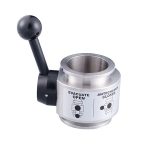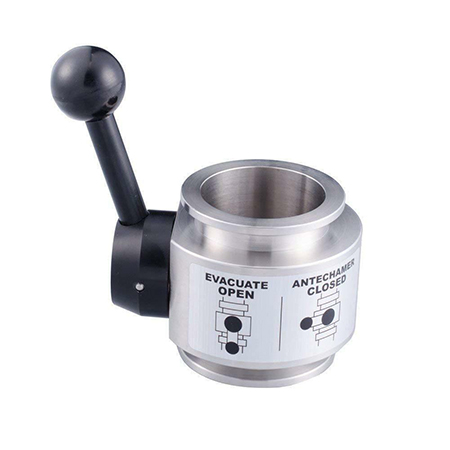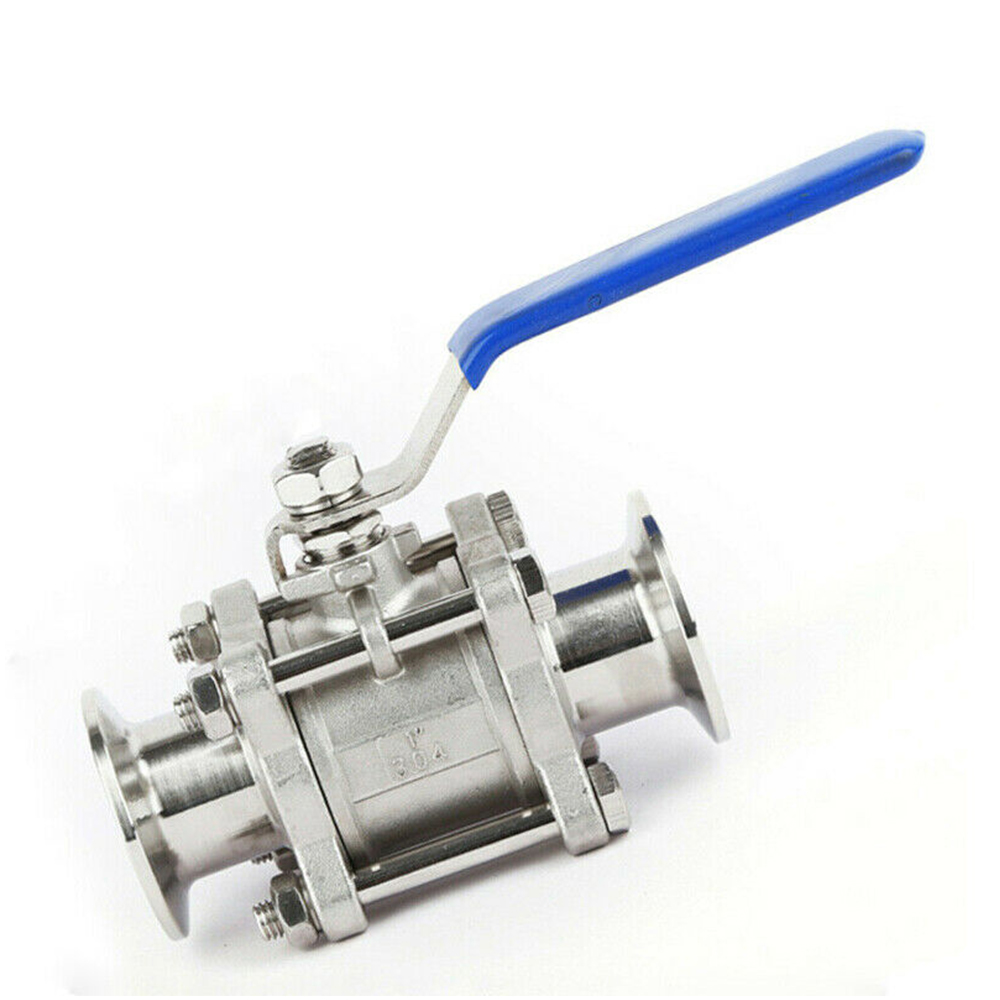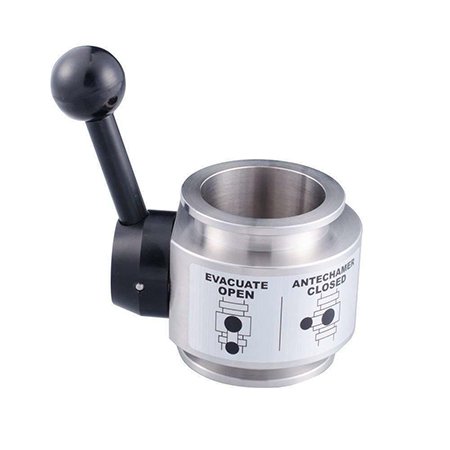
Basic Performance and Function of Oxygen Pressure Reducing Valve
- The basic performance of oxygen pressure reducing valve
(1) Pressure regulation range
It refers to the adjustable range of the output pressure P2 of the oxygen pressure reducing valve, within which the specified accuracy is required. The pressure regulating range is mainly related to the stiffness of the pressure regulating spring.
(2) Pressure characteristics
It refers to the characteristic that the output pressure fluctuates due to the input pressure fluctuation when the flow g is a constant value. The smaller the output pressure fluctuation, the better the characteristics of the pressure reducing valve. The output pressure must be lower than the input pressure-the fixed value does not basically change with the input pressure.
(3) Flow characteristics
It refers to the input pressure—timing, the persistence of the output pressure changing with the change of the output flow g. When the flow rate g changes, the smaller the change in output pressure, the better. Generally, the lower the output pressure, the smaller the fluctuation of the output flow.
Second, the role of oxygen pressure reducing valve
The working principle of the oxygen pressure reducing valve is to reduce the air pressure by the local resistance of the flow passage in the valve to the gas. The range of the air pressure drop is automatically adjusted by the pressure difference between the inlet and outlet gas on both sides of the diaphragm or piston connected to the valve flap. Each spring of the oxygen pressure reducing valve is only applicable within a certain range of outlet pressure, and the spring should be replaced if it exceeds the range. In order to facilitate operation, adjustment and maintenance, the oxygen pressure reducing valve should generally be installed on a horizontal pipeline.







